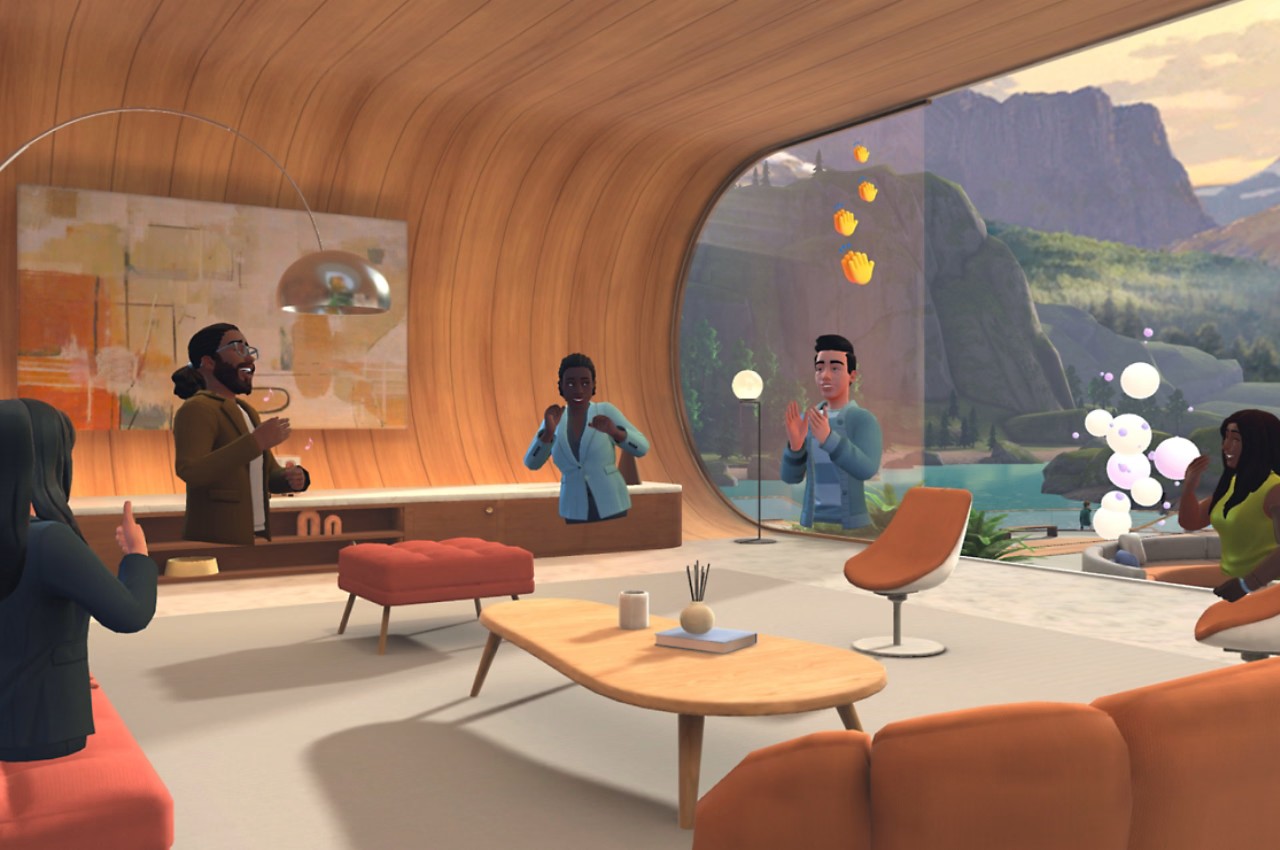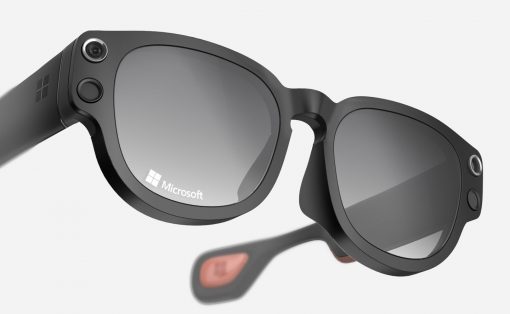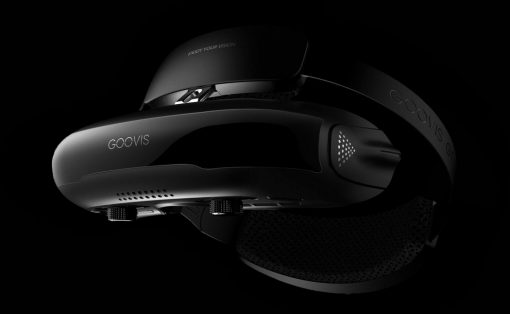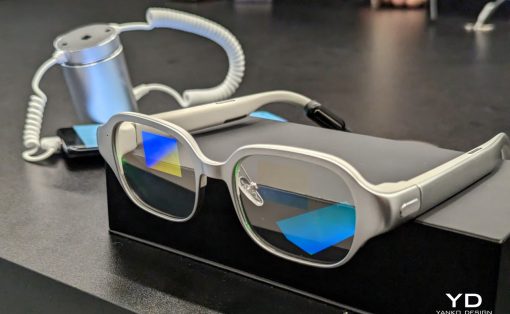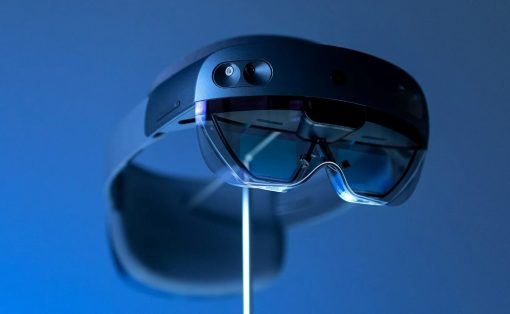The hype around the so-called Metaverse seems to have died down a bit. Even Facebook, which changed its name to Meta to emphasize its new mission, has been rather silent on that front, especially in light of AI being the hottest thing in tech these days. With the launch of the Apple Vision Pro, however, interest in mixed reality, as well as AR and VR, is once again on the rise. As such, now seems to be the best time for Microsoft to also make widely available its own virtual meeting platform, Microsoft Mesh, encouraging a new approach to hybrid work arrangements that will have attendees “sitting” around digital bonfires or posh virtual rooms, all for the sake of trying to make people feel more connected even when they’re all just sitting in their own homes.
Designer: Microsoft
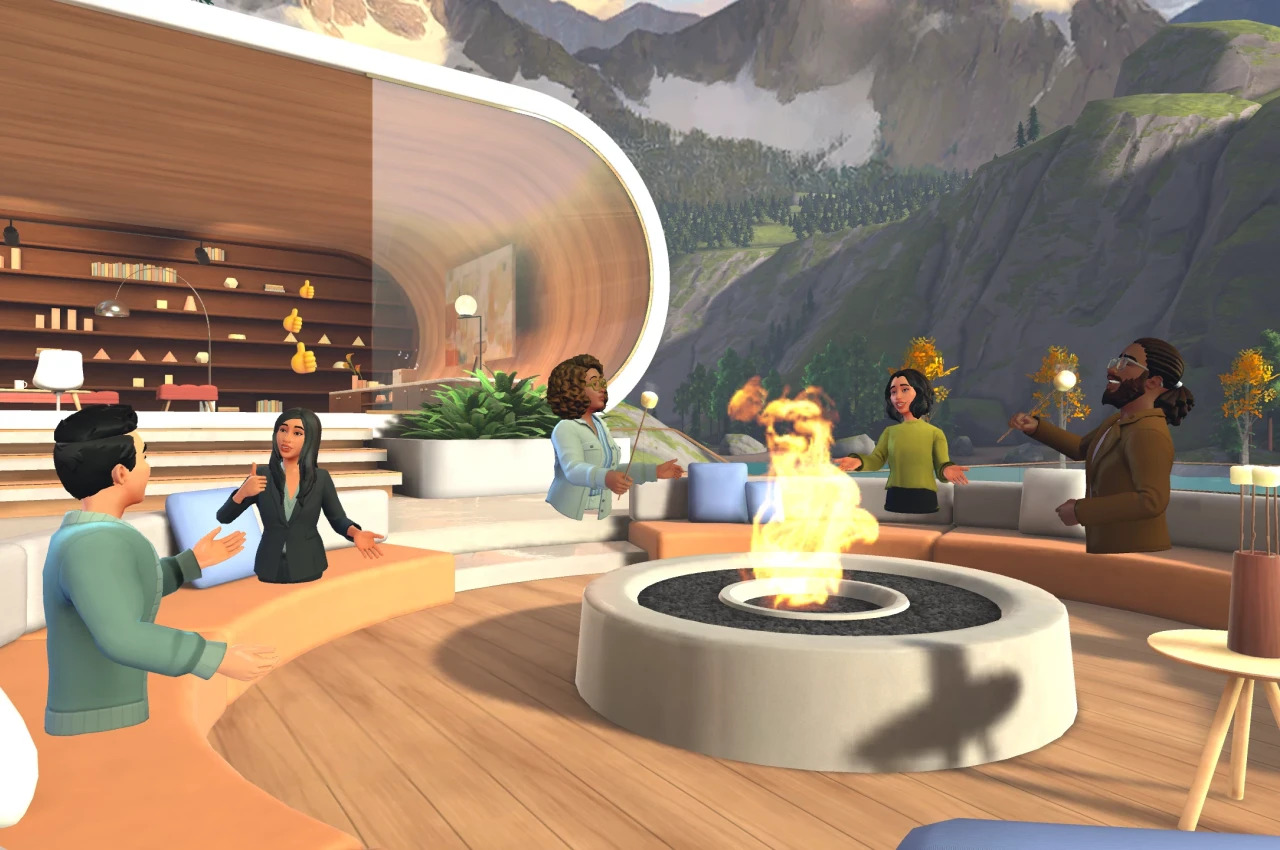
In order to shake off the image of something only for games and entertainment, platform developers like Meta and Microsoft try to make mixed reality technologies something that’s actually useful for serious business as well. These usually involve providing virtual spaces for meetings, creating avatars that represent employees, and holding more interactive and livelier gatherings that would otherwise be a boring experience of watching people’s faces in a grid of boxes. In other words, they try to recreate the feelings and emotions of meeting in person when they physically can’t.
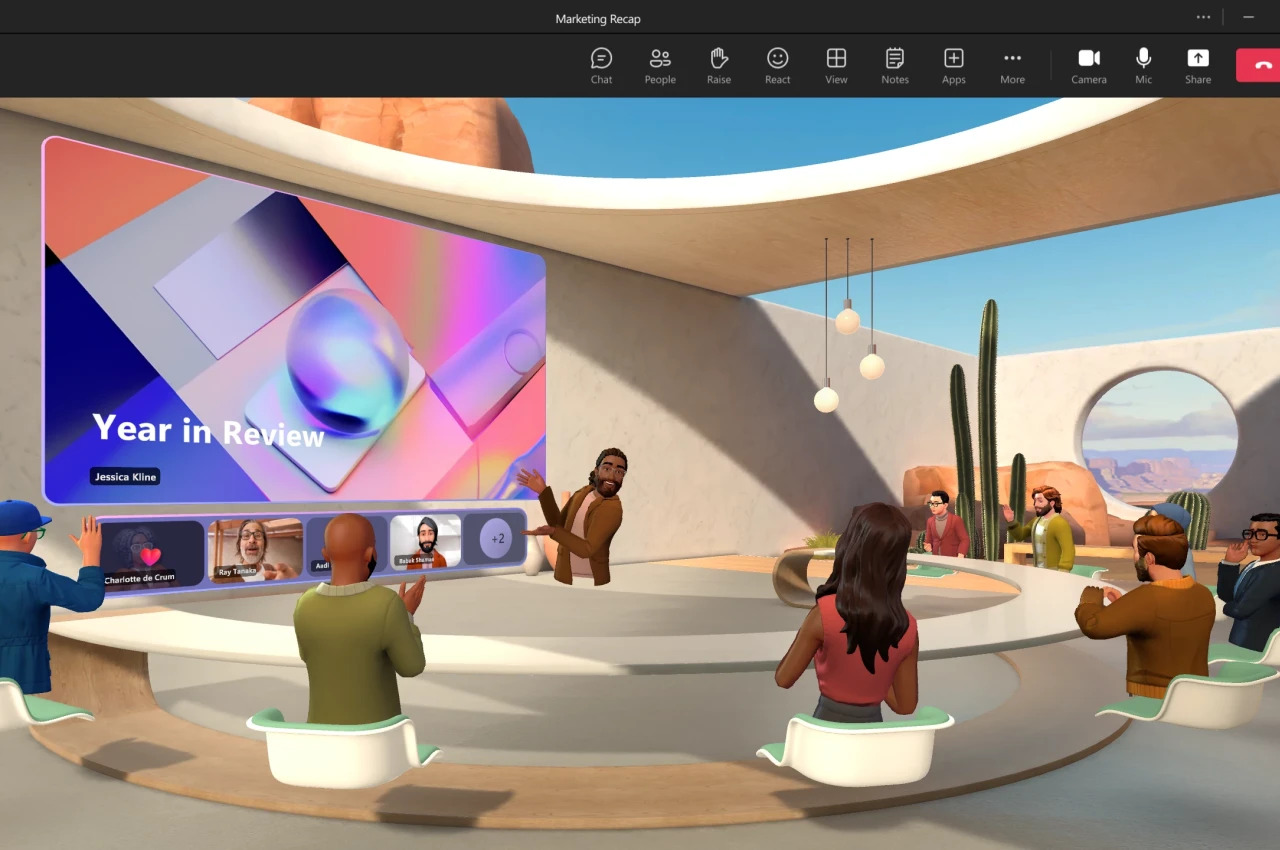
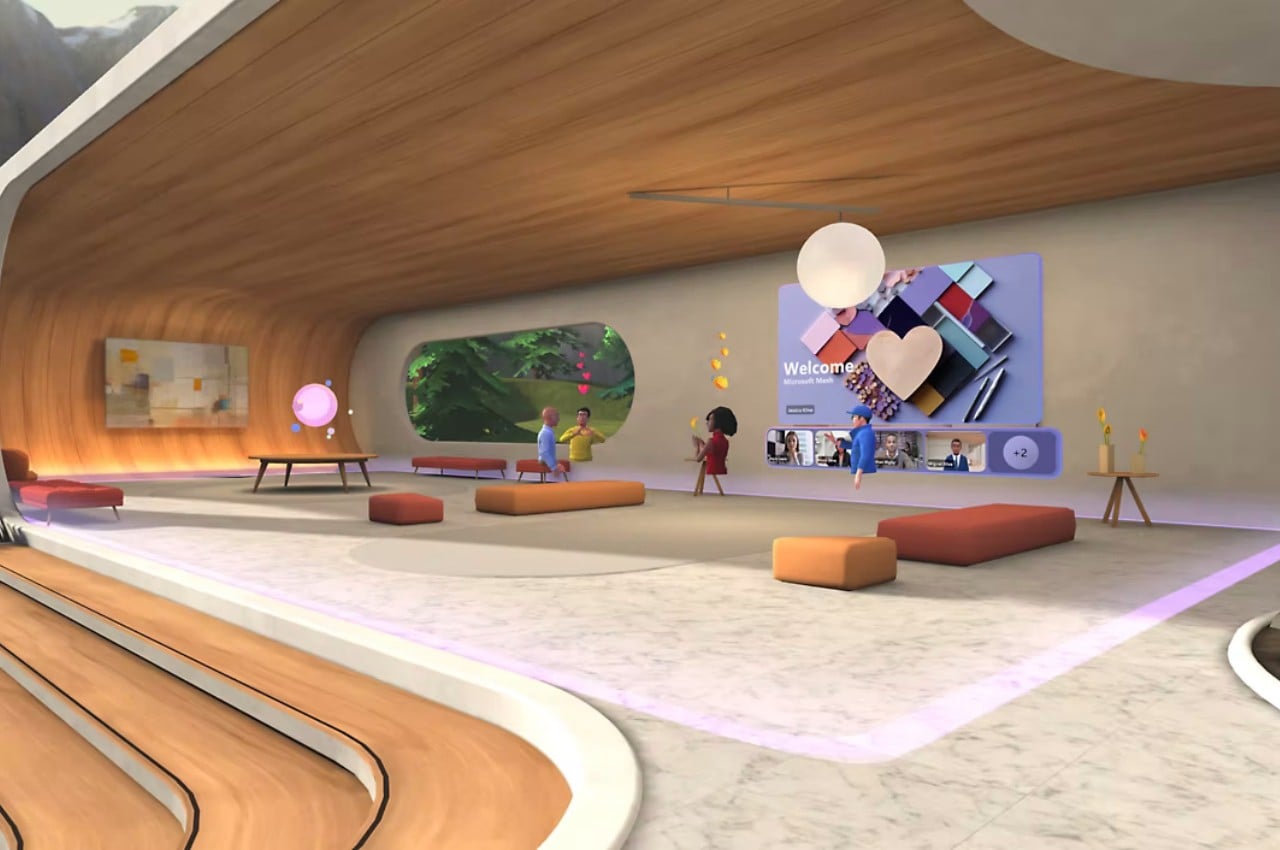
Microsoft Mesh is Redmond’s solution to this problem. Think of it like a VR Microsoft Teams and is, in fact, integrated into Microsoft’s collaboration platform. With just a few clicks, you can turn a flat, literally and figuratively, meeting into a 3D virtual experience, complete with bars, chairs, fires, and, of course, a screen inside a screen for showing presentations to your team. You’ll have to create your own personalized avatar, preferably something close to your real-world appearance, and you can decorate your spaces the way you want, including company logos, of course.
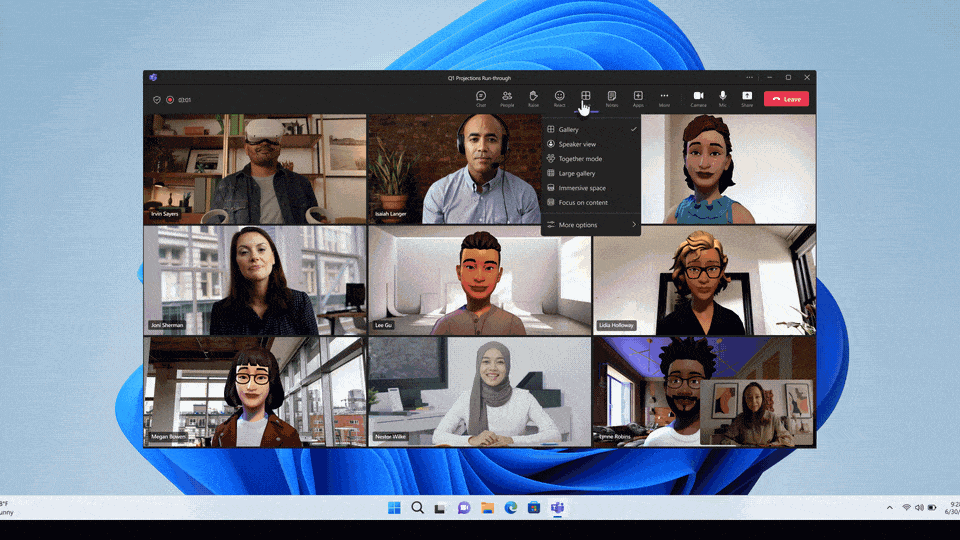
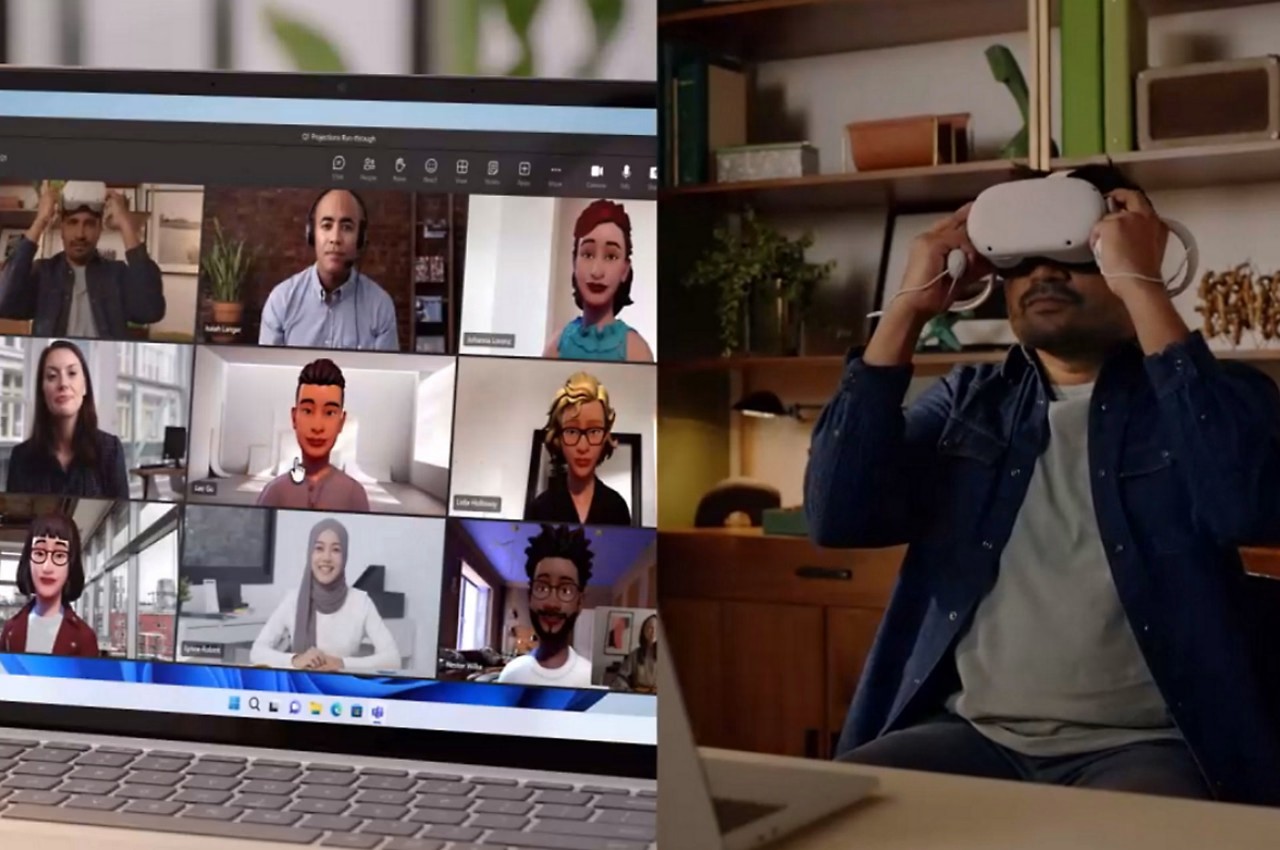
Microsoft is leaning heavily on its no-code tools to make Mesh more enticing, in addition to having it tied to Microsoft Teams in the first place. Designing the area is a simple process of dragging and dropping assets as you would in a 3D game editor, thanks to a collaboration with Unity 3D. But if that is already too complex, Microsoft Co-Pilot offers an easier method that utilizes AI to translate your prompts into captivating virtual interiors, or at least the semblance of one. Whether it’s just a simple stand-up meeting that needs everyone to be on their toes, a brainstorming session that requires a bit more creativity, or a presentation that needs to keep people attentive, a virtual meeting space is probably going to help spice things up a bit.
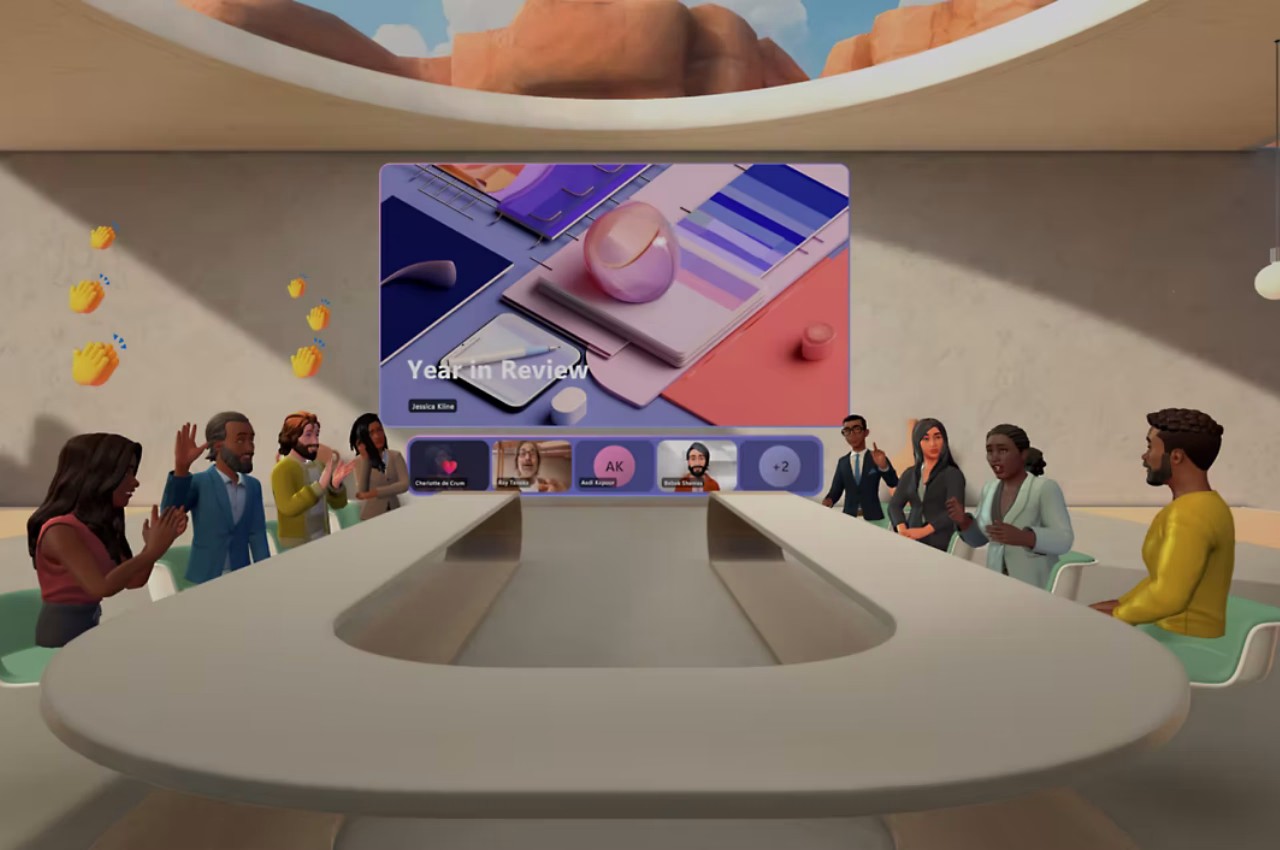
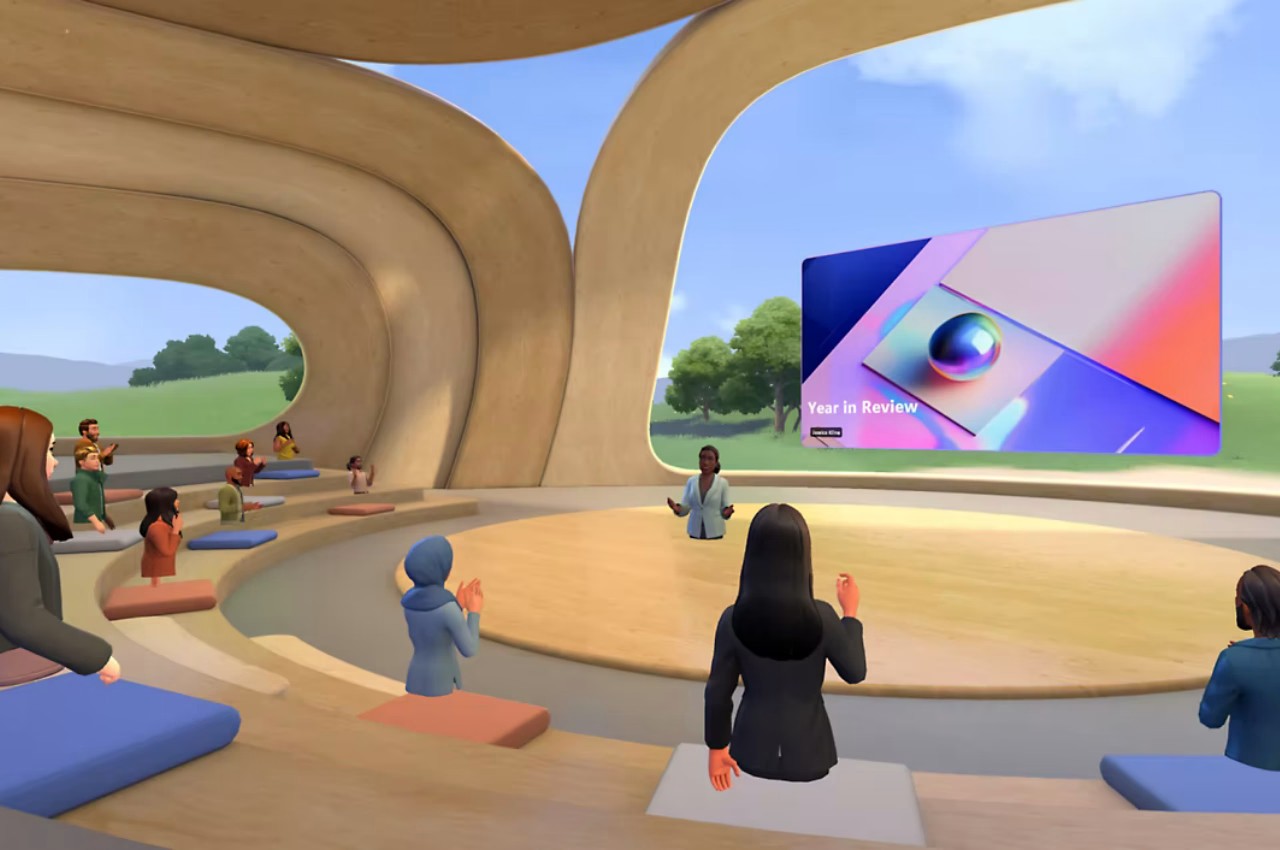
Mesh comes at an interesting time when businesses are actually pushing for their workers to return to the office completely. For many companies, however, hybrid has become an unavoidable and permanent reality, with both the benefits and drawbacks it carries, particularly when it comes to the indirect interaction between humans. Microsoft Mesh is being positioned as the next best thing to support those social connections even when actual physical cues are absent. It’s now being made available for Windows PCs, but those who want a more immersive and convincing experience can enjoy it using their Meta Quest headset. That said, you’ll need a Microsoft subscription as well, so it’s not exactly something that everyone can experience.
